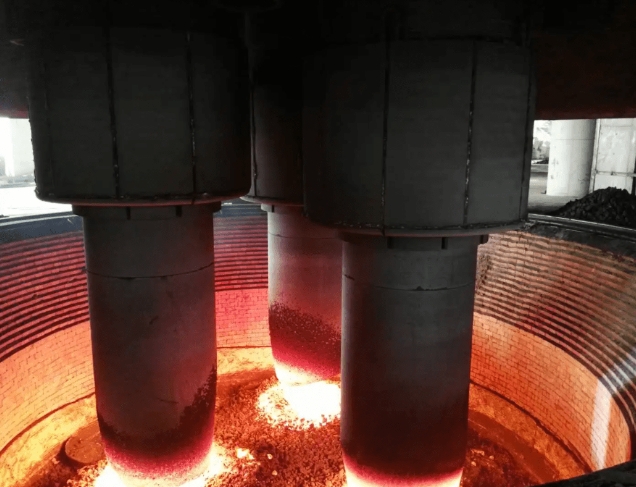
Electrode Paste Production Process involves producing carbon paste. This can be utilized in a variety of industrial procedures. This procedure involves mixing and mixing calcined oil coke, coal tar pitch, as well as anthracite. The mixture is then made in the form desired by an electrode with either compression or extrusion molding. Furthermore, other additives could be added for improved electrical conductivity, limit temperature expansion and enhance resistance to the oxidation process. The electrode then bakes in order to eliminate any chemically volatile components and to carbonize the binder.
Examining the raw materials that are used to make the electrode paste ensures that they're in conformity with the requirements. This analysis takes into account particle density, size and moisture, as well as other characteristics. The coal-tar and coke mixtures are mixed, crushed and then kneaded by a machine. This is particularly important since it allows for ensuring the raw materials are evenly distributed throughout the mixture.

When the mixture has been formulated, it's extruded to the shape of paste. After screening, the paste is filtered to remove the large particles. Next, the electrode is placed in a oven for baking. In the process of baking, the volatile components in coal tar are removed and the paste is carbonized. It is important to take this action to stop the electrodes from degrading and becoming brittle when used.
Once the dough is baked, it is screened again to get rid of any large particles. The finished product should have consistency and uniformity. To make sure that the electrode paste is in compliance with the specifications of all manufacturers, it's analysed to identify its chemical, electrical, and physical properties.
After the paste is screened it is then used in many different possibilities. These electrodes are used in the manufacture of electrolytic aluminium Soederberg Anodes and refractory coatings that are used in electric furnaces, and fused salt. Electrodes are utilized to create calcium carbide, iron alloys as well as refractory linings that are used in electric arc furnaces. No matter what the application is, electrodes have to be strong enough so that they can withstand the heat and then burn without melting. The paste for electrodes must be developed and manufactured in a manner that is safe for. To make sure that the paste is meeting the specifications required, there are strict control of quality in place. It includes analysing raw materials and performing visually-based inspections. Once the electrode is deemed to be of acceptable standard, it is shipped out for use.

Write a Message